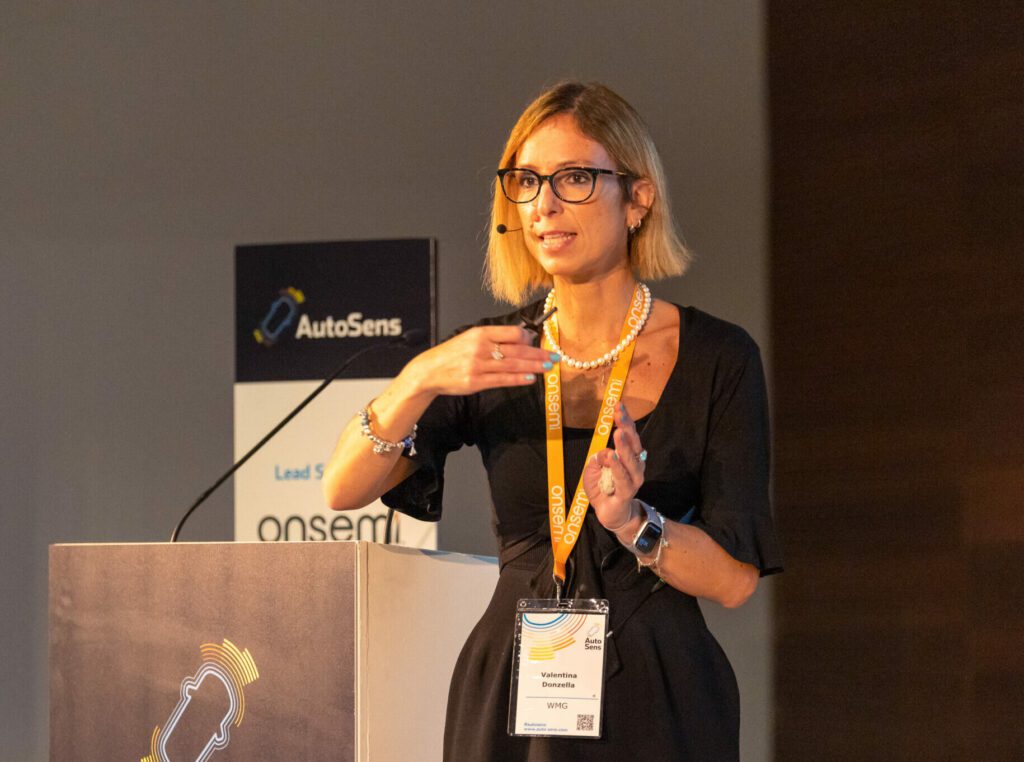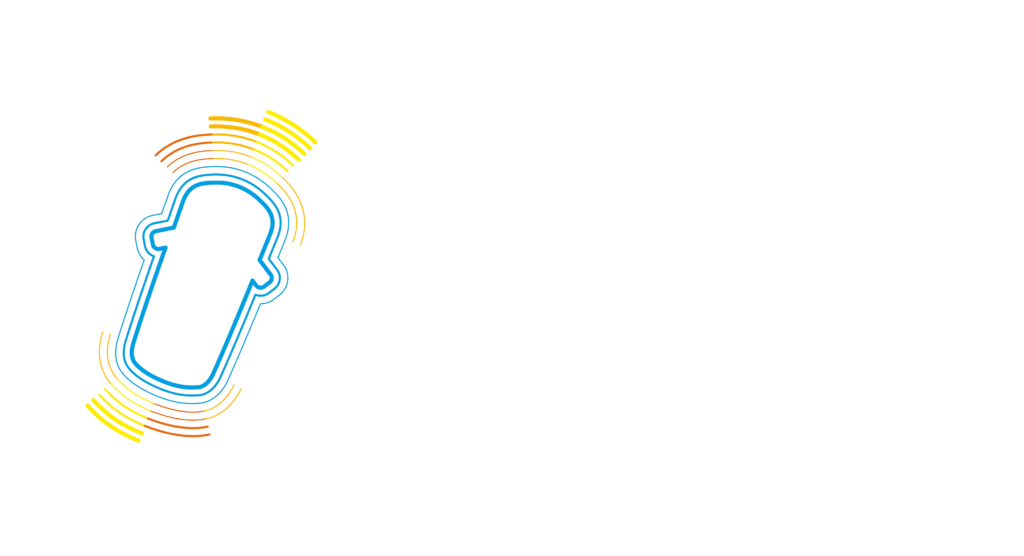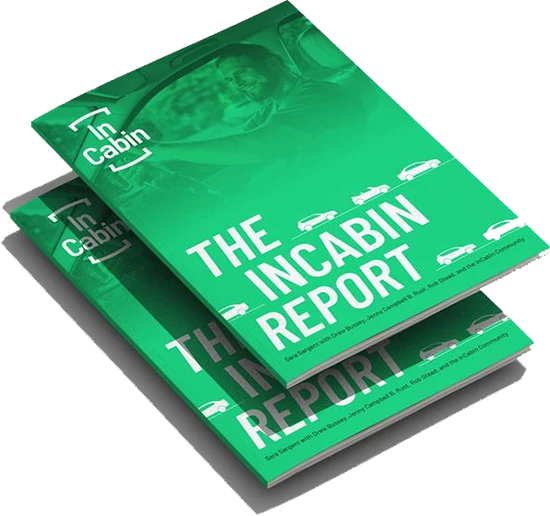Schedule of events
October 7th
- 10am - 5pm
Tutorials
- 9am - 3:30pm
Exhibitor Setup
- 4:30pm
Exhibition Opens
- 5:15pm - 6pm
Roundtables
- 5:30pm - 7:30pm
Exhibition opens for Welcome Drinks Reception
October 8th
- 8:45am - 6pm
Conference & Exhibition
- 6:15pm - 8pm
Drinks Reception
October 9th
- 9am - 3:30pm
Conference & Exhibition
- 3:30pm - 5pm
Exhibitor Tear down
KEY TOPICS
DMS Compliance: Is Your Approach EuroNCAP-Ready?
OMS for Comfort & Human-Centric Applications
Real vs. Synthetic: The Battle for In-Cabin Data Accuracy
The Global IVI Revolution: Who Will Lead the Charge?
You Are Not Alone: Intelligent Driver Companions and Enhanced UX
Next-Gen Automotive Interfaces
SAFETY & REGULATION
Exploring developments in the regulatory landscape and what’s next for in-cabin monitoring
HMI
Opening up discussion on the latest design trends and evaluation and research practices
HUMAN
FACTORS
Conversations around comfort, privacy and well-being; including the shift towards software-defined vehicles
THE ROAD AHEAD
Building an immersive car and enhancing the user experience
Also on the agenda...
- Interior monitoring sensor developments and system integration
- Challenges of testing, verification and validation
- HMI considerations and standards
- Human Factors and User Experience in the Cabin
- Algorithmic challenges and interpretation of in-cabin signals
- DMS Evolution and Impairment Detection
- Role of AI and Ethics in Vehicle Cabin and Synthetic Data
- Innovation in In-Cabin Hardware (cameras and beyond
- Infotainment and comfort applications driving OEM decisions
Shaping Tomorrow's Automotive Sensing Landscape, One Discussion at a Time
Attendees can expect to see sessions covering topics from legislative and regulatory updates on automotive safety, through to the evolution of comfort features in the cabin. A core focus will be given to HMI designs and evaluation, Engineers will understand how HMI should underpin what they are doing, whilst understanding more about how OEMs can differentiate themselves via in-cabin technology and innovations that are being developed to help them do so.
Key focus areas for InCabin include AI and Ethics, Next-Gen Automotive Sensing and Monitoring, Displays and Interactions, Human Factors and Safety.


Technical Tutorials
Only available to Full Pass holders, our tutorials are the perfect opportunity to dive deep into core industry topics, interact with industry leaders, collaborate with like-minded engineers, and elevate your expertise by tackling tough questions and broadening your skill set.
Check out more details on the first two of our four tutorials to be announced below.
Beyond the Machine: Why AV Design Must Start with Humans.

Yee Mun Lee
Associate Professor
University of Leeds

Ruth Madigan
Associate Professor
University of Leeds
The Psychology of In-Cabin UX: What Makes Interfaces Trustworthy and Effective?

Dave Mitropoulos-Rundus
Senior Engineer
Hyundai America Technical Center
The talk will explore the transformative role of in-cabin radar technology in enhancing vehicle safety. The session will cover the fundamental principles of in-cabin radar systems, their integration into modern automotive designs, and their real-time capability to monitor driver and passenger behaviors. Emphasis will be placed on advanced features such as detecting driver fatigue, monitoring vital signs, and ensuring passenger safety, including child presence detection. The tutorial will also highlight recent advancements, challenges, and future prospects in the field. The in-cabin radar technology will be compared with the alternative optical sensors. Attendees will gain valuable insights into the technical aspects, regulatory considerations, and potential applications of in-cabin radar, positioning this technology as a cornerstone for next-generation automotive safety systems. This talk is essential for industry professionals, researchers, and developers aiming to stay at the forefront of automotive innovation.
FEATURED PRESENTATIONS
Check out the first batch of expert-led sessions on our Agenda for InCabin Europe.
Watch this space for more keynotes, presentations and panels to be announced soon.
Keynotes
10 years of AutoSens – Perspectives from a Global Automotive Tier1

Martin Punke
Head of Camera Product Technology
Continental
Customer & UX Centered Quality - Story of a Transformation

Guillermo Nigorra Pascual
Head Whole Vehicle Requirements and Function Validation
SEAT Cupra
Make It Simple: In-Cabin Monitoring with Fully Integrated Interior Mirror Camera

Pedro Da Silva Coutinho de Almeida
Head of department In Cabin Monitoring
Volkswagen

Sharath Reddy
Engineering VP
Magna
The Global IVI Revolution: Who Will Lead the Charge?
Safe Doesn’t Need to Be Slow: Rethinking Functionally Safe Processors

Rob Fisher
Senior Director of Product Management
Imagination Technologies
Redefining Automotive Cockpit and Infotainment with Advanced SoCs and Chiplets

Hugo Antoin
Analyst
Yole Group
From Monitoring to Prevention: IVI-Integrated Driver-Distraction Prevention Enforcement

Yossi Cohen
Co-Founder and COO
SaverOne
Next-Gen Automotive Interfaces
Beyond Detection: When Cars Truly Hear Like Humans

Dani Cherkassy
CEO and Co-Founder
Kardome
A SMART Steering Wheel for an Intuitive HMI Experience

Benjamin Gallais
Head of In-cabin Sensing IC Product Line
Renesas
Apoorva Dinesh
Sr Application Engineer
Renesas
DMS Compliance: Is Your Approach EuroNCAP-Ready?
Cross Platform Solutions for Driver and In-Cabin Monitoring

Brian Brackenbury
Director – Product Management
Gentex
Integrating High-Fidelity Monitoring into Everyday Design

Mike Lenne
Chief Science & Innovation Officer
Seeing Machines
The Human in the Loop: Evaluating Cognitive Readiness in Semi-Autonomous Driving

Ilan Reingold
CEO
CorrActions
Advancing In-Cabin Imaging: New Architectures for Next-Gen RGB and IR Performance

Tomas Geurts
Sr. Design Director
OMNIVISION
In-Cabin Non-Invasive Driver State Monitoring Using Vision-Based Eye Tracking and rPPG

Nadim Maamari
Head Of EdgeAI and Vision Systems
CSEM
OMS for Comfort & Human-Centric Applications
Advanced In-Cabin Monitoring with MCP

Jungyong Lee
Cabin Aware AI Task Leader
LG Electronics
Matching Sensor Performance and Occupant Protection using Adaptive Restraint Systems

Philipp Russ
CEO of Simi GmbH
ZF Lifetec
Monitoring the Driver’s Heart: Between Safety Promise and Technical Reality

Martin Oehler
CEO
Capical GmbH
Inferring Affective State of Driver and In Cabin Occupants: Designing Emotionally Intelligent Vehicles

Atul Gaikwad
Director
Business Development
Rasik Fulzele
Technical Head and Director
Podlabs
PANEL SESSION
Session Title

Name
Job Title
Company

Name
Job Title
Company
More Speakers to be announced soon
Plus, technical sessions on human factors and user experience, the evolution of in-cabin displays and interactions, synthetic data and innovations in in-cabin hardware.
ALSO HEAR FROM...






